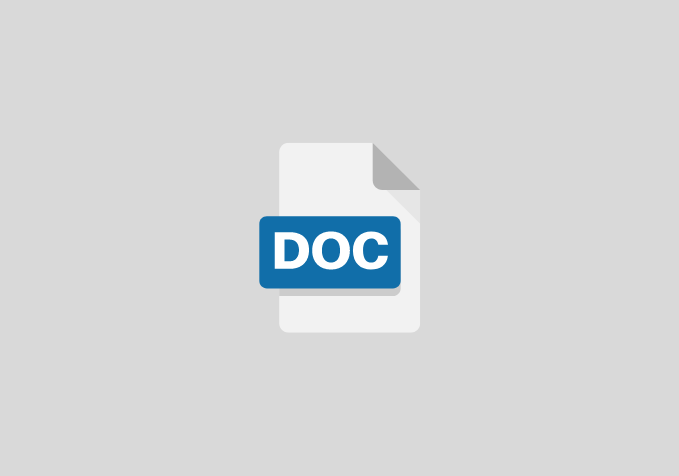A Proposal on the Effect of Armed Conflict on the Conduct of International Relations: Case Study of USA and Afghanistan (2021)
CHAPTER ONE
Objective of the study
The following objectives will be ascertained
- To ascertain the effect of armed conflict between United state of America and Afghanistan on economic relationship
- To ascertain the effect of armed conflict between united state of America and Afghanistan on political relationship
- To ascertain the effect of armed conflict between united state of America and Afghanistan on bilateral relationship
CHAPTER TWO
Related literature
The Future of the Afghan War
If troops on the ground are still required in Afghanistan, consideration ought to be given to those participating in Operation Freedom’s Sentinel. Yet military presence and especially the employment of private military companies in Afghanistan exacerbate the situation, with negative impacts on possible good governance (Lovewine, 2014: 149). Continued military operations, including drone strikes and targeted killings, might generate further conflict, while a potential power vacuum may allow the Taliban to flourish again (Medeiros, 2013: 24). Sending more troops will only worsen the already massive costs of the war. Tactics such as airstrikes and targeted killings have not been fruitful for the past two decades, rather they have nurtured feelings of doubt towards the USA and their international allies, and have subsequently ‘encouraged support for who was fighting them’ (Carati, 2015: 209). To prevent a continuation of state failure, it would be in the best interest of the international community to reduce military strategies in favour of humanitarian strategies (Rotberg, 2004: 97). One may presume that the USA now has an improved understanding of Afghanistan’s socio-cultural background. If there is better mutual understanding among the allied forces and locals about what a ‘just’ society looks like, this may improve matters of governance, though concepts such as stability, security and democracy may be understood differently by many in Afghanistan (Patterson, 2012: 174) than US policymakers. Any peace process that does not involve further use of violence would benefit Afghanistan and its people. However, empty promises can no longer be made. The USA has repeatedly announced plans to withdraw troops from Afghanistan, yet have then failed to carry out this action (Ackerman, 2014). US promises to withdraw in 2010 were inconsistent with an announcement urging European allies to send more soldiers to Afghanistan (Carati, 2015: 212).
CHAPTER THREE
RESEARCH DESIGN AND METHODOLOGY
The researcher used descriptive research survey design in building up this project work. The choice of this research design was considered appropriate because of its advantages of identifying attributes of a large population from a group of individuals. The design was suitable for the study as the study sought to the effect of armed conflict on the conduct of international relations. A case study of United state of America and Afghanistan.
CHAPTER FOUR
METHOD OF DATA ANALYSIS
The researcher will employ oral and direct interview in administering this research questions. Responses from the respondents were needed unlike questionnaires, which is less rewarding due to late receipt and loss of responses from respondents. The method of data analysis that will be used by the researcher is the simple percentage. More so, percentage and degrees of the responses will also be used in the analysis. Here, the ratio of those whose responses were not in the affirmative will be found and conclusions will be drawn there upon. Representations of the level of responses will be made in tabular form. The Statistical Package for Social Sciences (SPSS) software will be used to test the hypotheses.
CHAPTER FIVE
References
- Ackerman, S. (2014) ‘Obama Announces Plan to Keep 9,800 US Troops in Afghanistan After 2014’. URL (consulted 10 March 2019), from https://www.theguardian.com/world/2014/ may/27/obama-us-afghanistan-force-2014
- Al Jazeera (2019) ‘Afghan Forces Lose Ground as Peace Efforts Continue: Report’. URL (consulted 1 February 2019), from https://www.aljazeera.com/news/2019/01/afghanforces-lose-ground-peace-efforts-continue-report-190131060815925.html
- Al Jazeera News (2019) ‘Is There Hope for Peace in Afghanistan?’. URL (consulted 20 January 2019), from https://www.aljazeera.com/programmes/insidestory/2019/01/hope-peaceafghanistan-190118171234537.html
- Allen, J. & Hanlon, M. (2017) ‘Order from Chaos: Trump Made the Right Move on Afghanistan’. URL (consulted 18 March 2019), from https://www.brookings.edu/blog/ order-from-chaos/2017/08/23/trump-made-the-right-move-on-afghanistan/?utm_ medium=social&utm_source=twitter&utm_campaign=fp
- Barry, B. (2017) Harsh Lessons: Iraq, Afghanistan and the Changing Character of War. London: Routledge.
- BBC News (2020) ‘Afghan Maternity Ward Attack’. URL (consulted 25 May 2020), from https://www.bbc.co.uk/news/world-asia-52675705
- Bird T. & Marshall, A. (2011) Afghanistan: How the West Lost its Way. New Haven: Yale University Press.
- Brown, B. (2005) Your Neighbour Went to War: Reality and the War on Terror. Fort Collins: Clifton House.
- Byman, D. (2006) ‘Do Targeted Killings Work?’ Foreign Affairs, 85(2): 95–111.
- Carati, A. (2015) ‘No Easy Way Out: Origins of NATO’s Difficulties in Afghanistan’, Contemporary Security Policy, 36(2): 200–18. Carter, S.L. (2018, February 9) ‘Destroying a Quote’s History in Order to Save It’. URL (consulted 31 August 2020), from https://www.bloomberg.com/opinion/articles/2018- 02-09/destroying-a-quote-s-history-in-order-to-save-it Congress (2001) ‘Public Law 107-40: 107th Congress Joint Resolution’. URL (consulted 31 August 2020), from https://www.congress.gov/107/plaws/publ40/PLAW-107publ40.pdf

